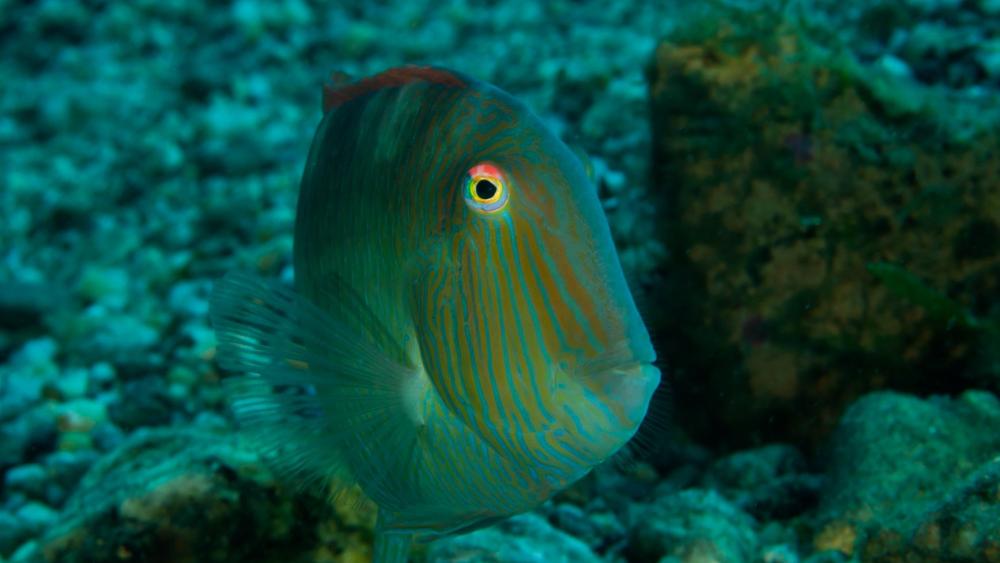
Tagged pearly razorfish could be located in the sea using acoustic telemetry. I Photo: Shutterstock, Pinosub
Acoustic signals are more strongly attenuated in salt water than in fresh water due to its higher salinity. Therefore, a high-resolution telemetry system requires a well thought-out design before it can be used in the open ocean. The team first conducted a computer simulation analysis to optimally position the acoustic receivers to maximize relocation of tagged fish. This requires the signals from at least three receivers to be detected and apply triangulation algorithms as potions from smartphones are generated. The researchers simulated different arrangements with different grid shapes and spacing.
Then the system was used off the coast of Mallorca in a Marine Protected Area creating a unique wild laboratory for measuring behaviours of hundreds free-swimming marine fish at an unprecedented spatial and temporal scale. The measurements carried out showed how effectively it can be used to locate fish. "Our tracking system is a great tool to study social interactions of individuals in real time, including social dynamics, collective behaviour or reactions to environmental changes – and to extend behavioural studies to poorly studied small species or life stages", Robert Arlinghaus summarises the possible applications of the new method.
Even though this experiment was a success, the team points out that challenges still exist. Coral reefs or dense vegetation reduce the detection and positioning efficiency of acoustic telemetry systems making high-resolution tracking with this system challenging. In fact, the highly dynamic physical factors of the ocean strongly affect the acoustic range; for example, currents that change the tilt angle of receivers attached to ropes or buoys. It is therefore important to adjust settings to local conditions and carry out extensive testing before starting a telemetry study.
Read the article open access in Animal Biotelemetry >





